Introduction
Iron castings have been used for centuries to make items that are both strong and durable.
However, the production process of iron castings is a complex one, with different raw materials, process parameters and operating conditions having a significant impact on the effect of the cast part.
Due to various factors, iron castings will always have certain defects. Defects in iron castings are often an important cause of reduced productivity and low work efficiency.
In this blog, we will analyze these common defects and propose corresponding solutions.
1. Porosity
A common type of casting defects is porosity.
Porosity is caused by gas trapped in the molten metal during the casting process. When the metal solidifies, this trapped gas will form voids or pores in the metal.
Note that this can easily be confused with shrinkage porosity, but different measures need to be considered because of the different causes of occurrence.
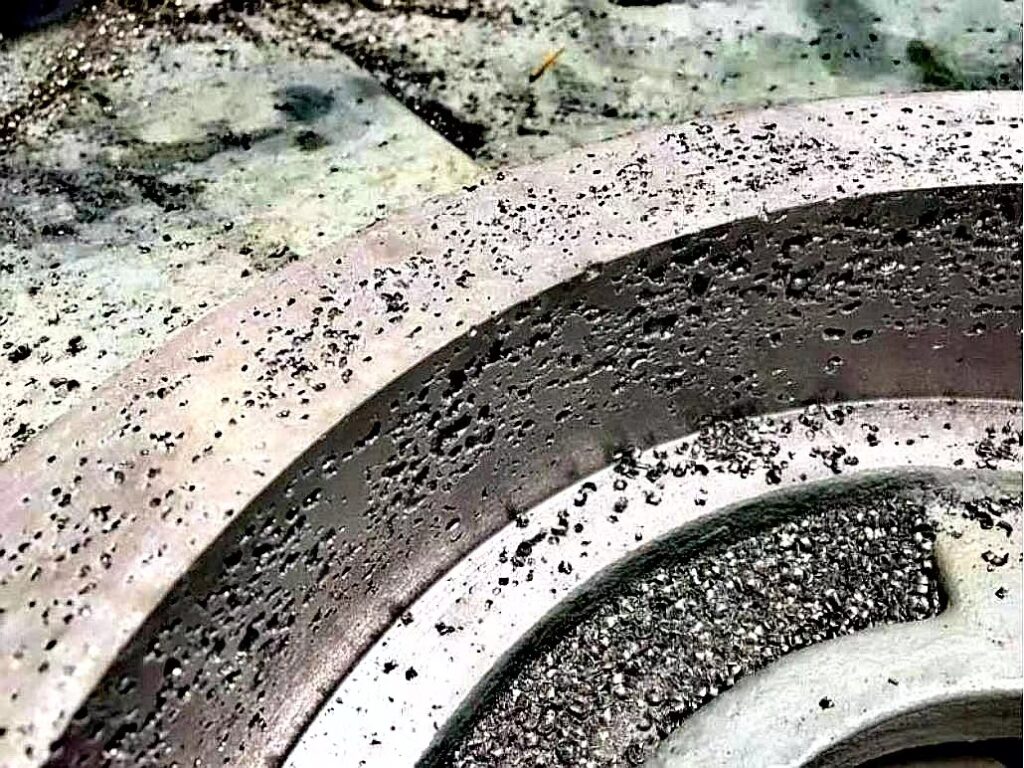
There are many factors that can cause porosity, such as improper melting and pouring procedures, and inadequate ventilation during melting.
The presence of porosity in castings can reduce their strength and durability and may also lead to casting leakage.
To avoid porosity, melting and pouring procedures must be carefully controlled to remove as much oxide as possible from the pouring process and to keep it clean.
Dry the molds and pouring spoons thoroughly. And ensure adequate ventilation during the melting process.
2. Shrinkage
This is caused by gaps inside or on the surface of the casting due to insufficient molten iron or high casting temperature, which increases the shrinkage during cooling.
There are two types of shrinkage: internal shrinkage, where voids are created inside the casting, and external shrinkage, where the surface is filled.
The causes of shrinkage in castings can be divided into three categories. (1) related to the modeling sand; (2) related to the metal fluid; (3) related to the casting process.
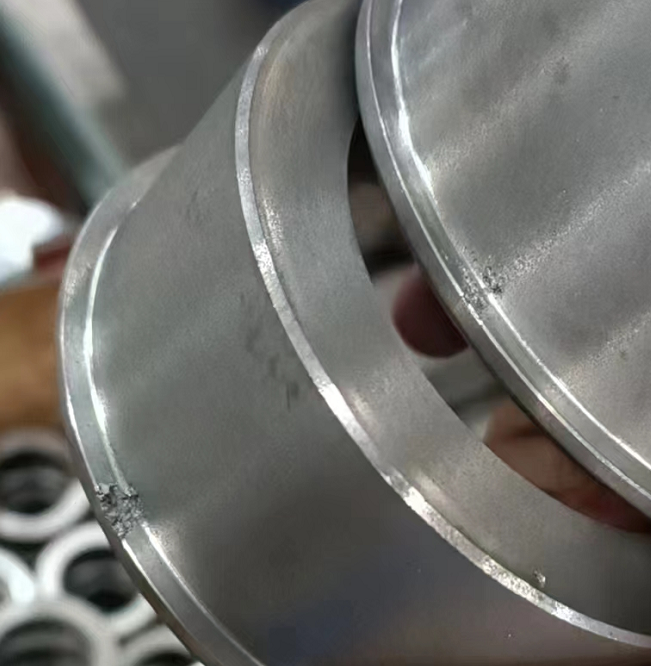
Shrinkage defects related to modeling sand include cold shut, hot tear, etc.. The main reasons are: (1) molding sand is too dry; (2) molding sand is not uniformly distributed in the mold cavity; (3) molding sand with moisture.
There are three main types of shrinkage defects related to the metal fluid: (1) gas entrapment in the metal during the casting process; (2) inclusions in the metal; (3) poor casting filling.
The shrinkage defects related to the casting process are mainly due to improper casting temperature, pouring time and pouring speed.
The main methods to prevent and control shrinkage defects are: (1) proper selection of modeling sand; (2) proper selection of metal liquid; (3) proper control of casting temperature, pouring time and pouring speed.
3. Cracks
The main causes of crack defects in iron castings are as follows.
(1) Due to the lack of fluidity of the molten iron, resulting in pores in the casting, thus forming bubbles, which expand and weaken the casting structure.
(2) Inclusions in the casting caused by impurities in the molten iron will produce stress concentration points and lead to cracks.
(3) The casting temperature is too high or too low, which will cause the casting to shrink or expand unevenly, leading to cracking.
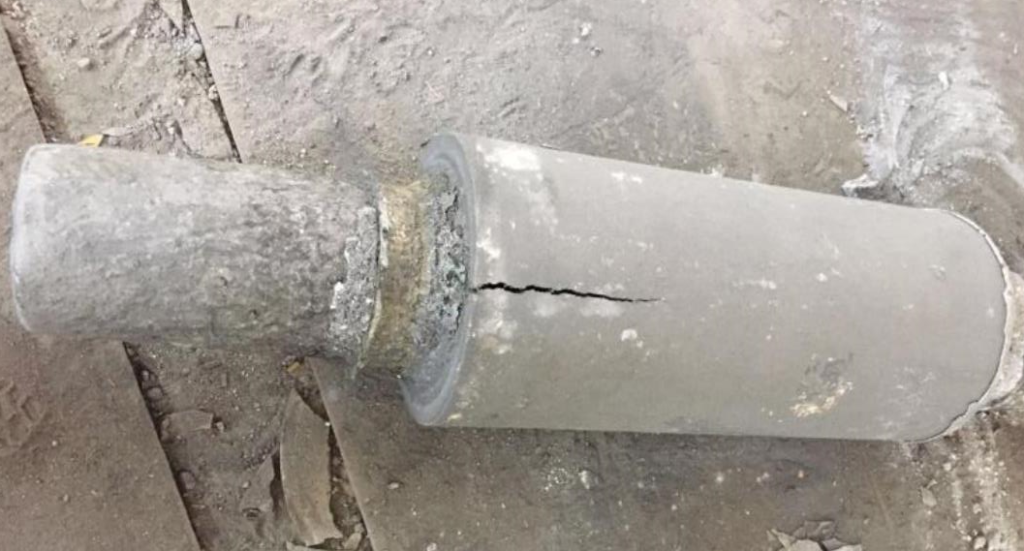
The main countermeasures to avoid cracking defects in iron castings are as follows.
(1) Minimize the porosity in the casting by using high quality molten iron with less impurities.
(2) Remove all inclusions in the iron water before casting.
(3) Strictly control the casting temperature to ensure that it is kept within an acceptable range.
4. Cold Shut
After the metal liquid is filled, the metal liquid is not well integrated at the junction of the metal liquid, and a penetrating or non-penetrating gap in the casting is called cold shut.
This situation is mostly found on the surface of the iron casting away from the flow channel and at the thin wall. The shape is the shape of the initial flow of liquid, single pick smooth, rounded edges.
Cold shut defects can be caused by a variety of factors:
(1) The pouring temperature is too low, the casting mold is too cold, and the metal liquid is frozen before it can flow evenly.
(2) The wall thickness of the casting is too thin, or the local thickening is caused by improper design of the pouring system.
(3) There are gaps and runners at the connection.
(4) Sand or scale exists in the pouring system, which hinders the smooth flow of metal liquid and causes local accumulation.
(5) Unreasonable mold design, resulting in uneven metal flow and cold shut.
(6) Improper operation during the casting process, such as vibration during the casting process, can also cause cold shut.

The main measures to prevent the formation of cold shut are:
(1) Increase the pouring temperature. In the case of ensuring that the casting is not burned, the casting temperature should be increased as much as possible.
Generally speaking, the pouring temperature should be increased by 50-100℃. If the conditions allow, preheating can be used to increase the mold temperature.
(2) Reasonable design of casting wall thickness and system. In order to make the metal liquid flow evenly in the mold, the wall thickness should be designed reasonably and the riser and runner should be designed properly.
(3) It is necessary to check whether there are gaps, burrs, etc. on the mold. The mold should be cleaned before casting to remove sand, scale, etc. from the mold walls.
(4) Vibration should be avoided during casting.
(5) The pouring system should be reasonably designed to ensure the smooth flow of metal liquid.
(6) Suitable casting process and equipment should be selected according to the size and shape of the casting.
(7) Operators should be trained and castings should be supervised by experienced personnel.
5. Sand Leakage
Sand leakage defects mainly arise in the casting surface of the pouring system, molding material or pouring temperature is too high.
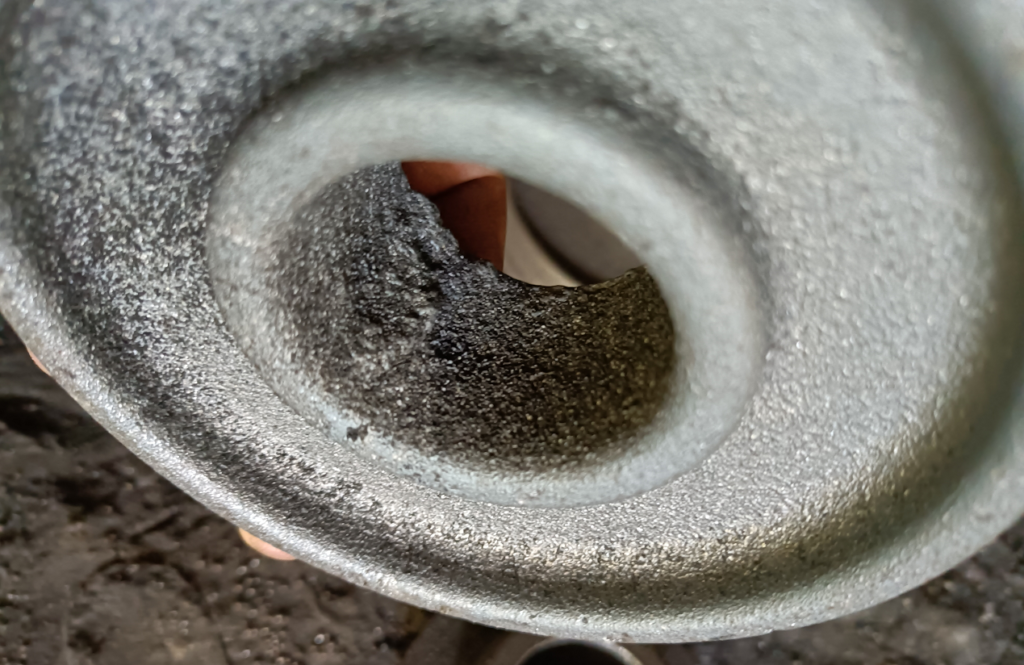
This occurs when sand dislodged from the mold during the casting process is swept into the molten metal.
Specific performance is as follows.
(1) There is a smooth and flat depression on the surface of the casting, but there is no corresponding trace on the surface of the mold; when struck with a hard object if so, there is a clear sound, and when struck with a finger, there is no obvious depression.
(2) There are many sand holes or slag holes on the casting.
Solutions
(1) The molding sand used for casting should be fine and the clay content should be appropriate.
(2) Pouring temperature should not be too high.
(3) When casting thin-walled castings, the modeling sand should be compacted as much as possible to prevent the modeling sand from being blown.
Conclusion
The above are the casting defects that are particularly prone to occur during the casting process. They are porosity, shrinkage, cracks, cold shut, and sand leakage.
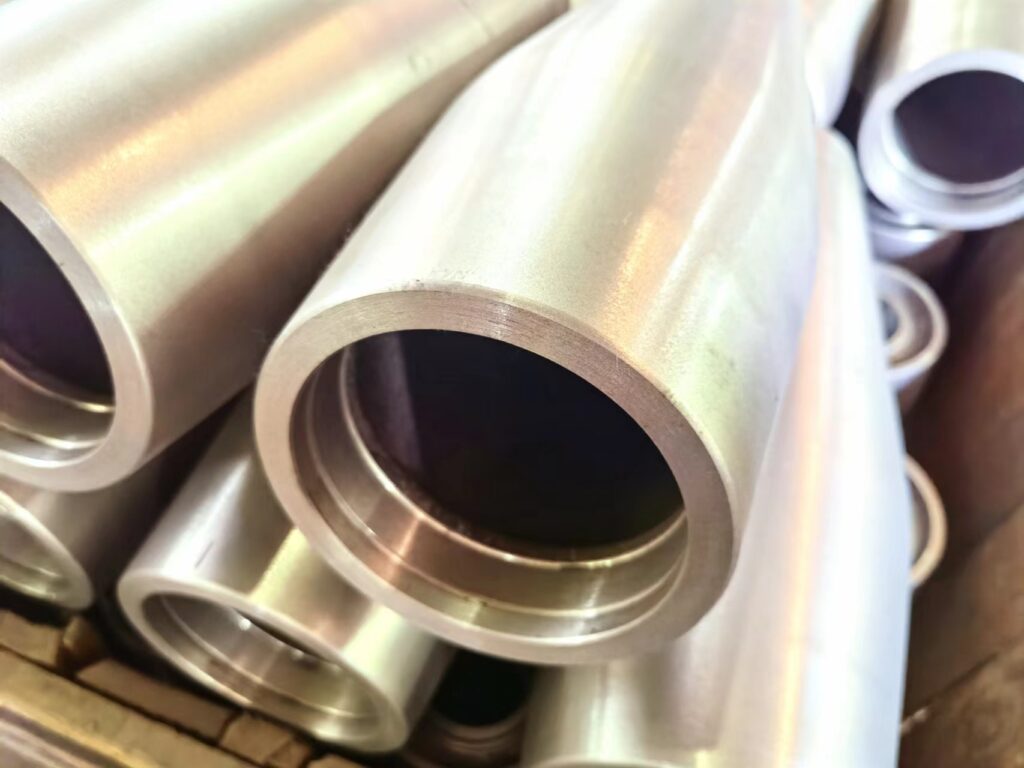
By understanding the various types of defects that can occur in the cast iron process, you can take steps to prevent them from occurring in your own castings.
However, even if you do encounter one of these problems, there are usually countermeasures you can take to mitigate the damage and produce a product that will satisfy your customers.
In addition, you can avoid many of these casting problems altogether by working with a foundry that has experience producing high-quality castings.
Castimoo is one cast iron manufacturer with 30 years of casting experience. Specializing in the production of gray and ductile iron, we have received high praise from domestic and international customers.
We have encountered a variety of challenges in the casting process, and in the process of continuous experimentation and practice, we have not only solved them one by one, but also provided our customers with high quality iron casting products.
These problems have become our knowledge case base, which is our most valuable knowledge asset. We hope to be of help to you in the future.
